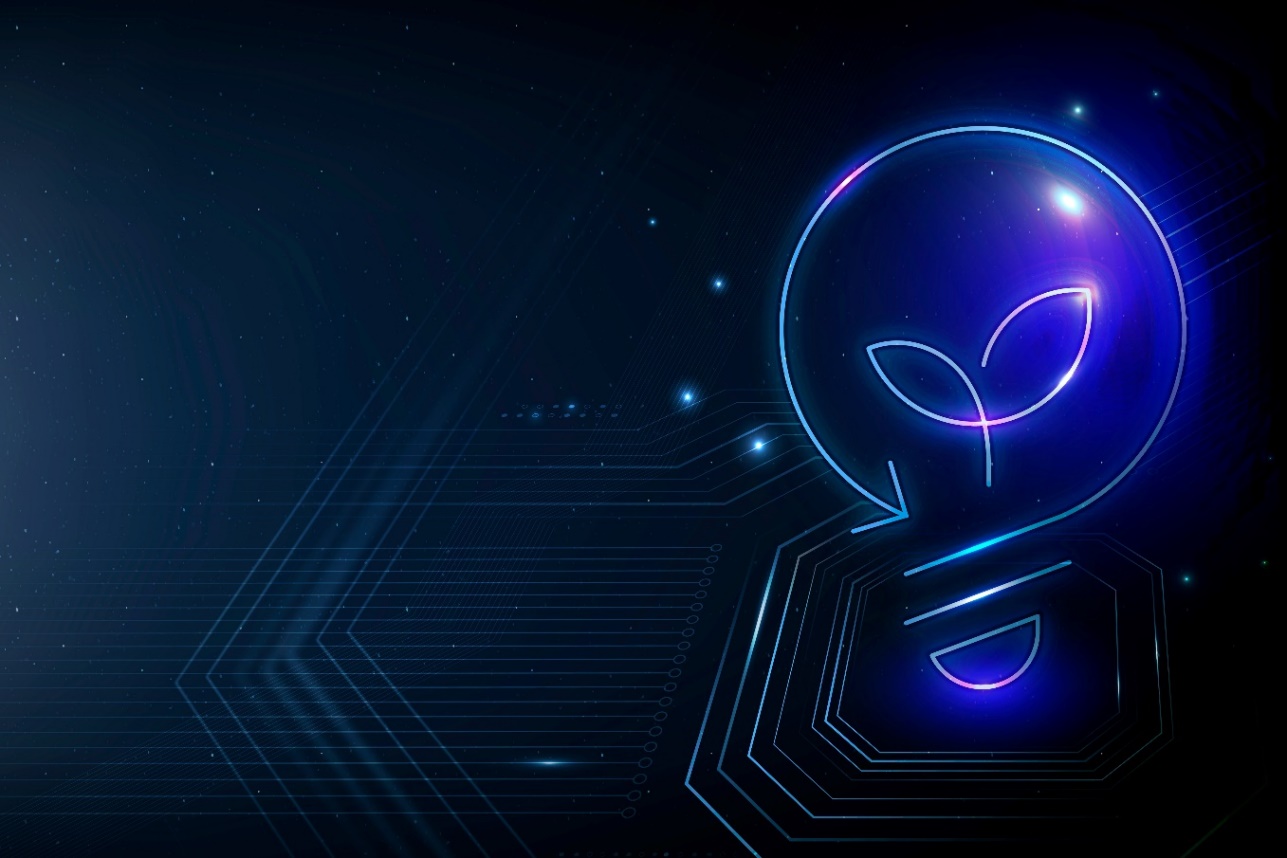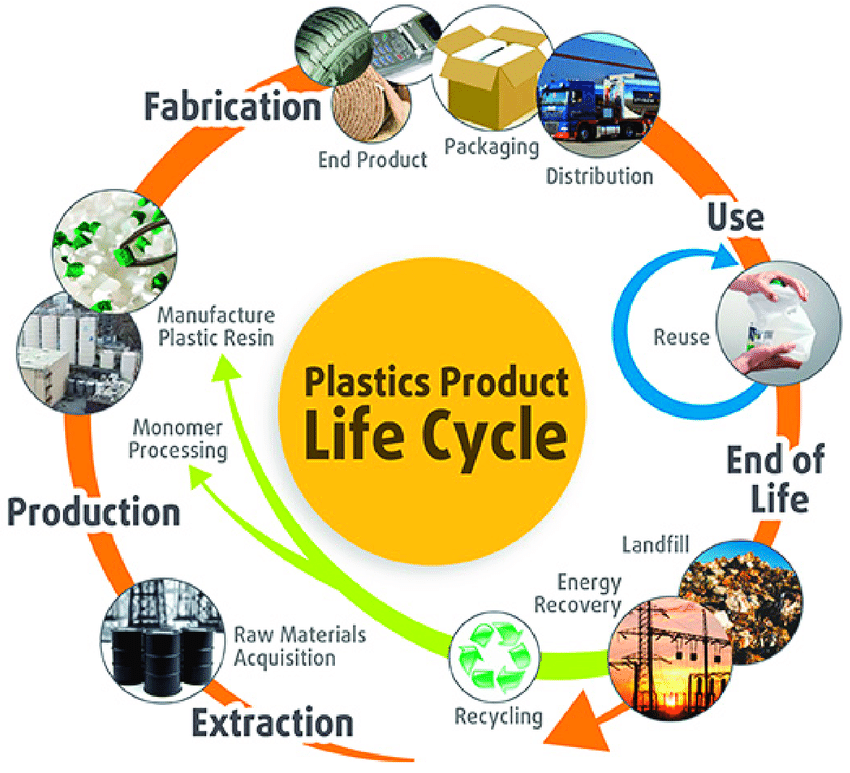Circular economy in digital technology for sustainable development
To look deeper into the application of digital technologies for sustainable development, first, we need to know what digital technologies are in general. Digital technologies are technologies that use digital technology and information systems. Digitalization and technological advances are affecting all sectors of the economy and society, changing the direction of the industry, and creating new ways of producing products and services. They are also affecting how we live, work, and learn, so they are critical to our future.
The idea behind the circular economy is to extend the life cycle of products by taking various actions to make waste a valuable part of the production process again. This approach leads to the emergence of new and innovative business models that are driven by the solutions of new technologies, mainly digital ones. Innovative business models, the digital revolution, and the circular economy are creating great opportunities for companies to build competitive advantages that allow companies to make additional profits.
Effectively combining physical and digital channels and reaching more customers is possible by introducing digital solutions such as social media, cloud computing, Machine to Machine (M2M) communication, data analytics, etc. Below we will examine some solutions in detail in the context of the circular economy [3].

2.1 Digital solutions in the circular economy
Below is the list and advantages of effective digital solutions that foster innovative business models in the circular closed economy:
- Mobile technologies – Access to data and applications is low cost and versatile and reduces the need for physical resources i.e., paper, ink, gadgets. With mobile devices, we increase the efficiency of employees and also take care of the environment because we do not produce unnecessary waste.
- Social media – online platforms allow you to share and receive feedback from customers. Businesses can take advantage of social media platforms so that they can reduce marketing costs and improve their offerings easily and quickly. Moreover, nowadays social media, if done in the right way, is the best marketing option as we can get a large audience through it.
- Cloud computing – Storing data and files in the cloud helps to reduce the cost of the business. With this technology, employees can access data anywhere, anytime.
- Machine-to-Machine (M2M) communication – Machine-to-machine communication can be used for control systems in factories.
- Modular Design Technology – it affects the performance of the products as well as their lifespan. When a product that has been modularly designed breaks down, only the part that was damaged is replaced or repaired, making the product still usable and extending its overall life cycle. [4]

2.2 Opportunities linked to the introduction of digital technologies in the circular economy
Introducing digital technologies in businesses has many benefits for the company as well as for the environment and society.
For example, innovative solutions based on the circular economy model can inspire customers to lead sustainable lifestyles. Digital technologies can create solutions that enable waste to be used to create entirely new products, extend their lifespan, and reveal entirely new possibilities for their use.
What business models can companies use to support sustainability?
- Closed-loop recycling – Taking recycled materials and using them to make entirely new products
- Industrial symbiosis – This business model will enable efficient use of resources, the main principle is to share services, tools, and related products among industries.
- Packaging recycling – Bringing already used packaging into reuse
- Downcycling – Using materials from several used products to produce a new product of lower quality.
- Upcycling – Using materials from one or more used products to create a new product, thereby improving quality [5].

2.3 Incorporating digital technology in circular economy for sustainable development – Good practice
CARLSBERG POLSKA SP. z o.o.
The Returnable Bottle as part of the Carlsberg Circular Community
Carlsberg Circular Community (CCC) is a global program focused on reducing waste and optimizing used bottles by creating a closed loop. As part of the “Take Me Round” campaign, compelling materials were created that encouraged the community to recycle. The bottle was given characteristics and narratives were created in which the product has a life and goes through different adventures. This included spots with influential celebrities, as well as animated videos, infographics and eco-comics. Environmental education about returnable bottles also took place in stores, where consumers received eco-gifts for returning their bottles [6].
The program used a business model, Recycling Packaging, in which it introduced packaging for reuse. It also used digital solutions in the form of social media where the community was encouraged to live a sustainable lifestyle.
The campaign had many social benefits, i.e., raising awareness about the rotation of the returnable glass bottle, building responsibility towards the environment, increasing environmental awareness and building habits that are good for the future of nature.
In addition to the social benefits, the campaign also gained many environmental benefits, i.e., reducing the consumption of natural resources that are used to produce glass, reducing electricity, and reducing waste.

Source: https://www.researchgate.net/figure/Life-cycle-of-plastics-2_fig1_331249931 by Sheila Devasahayam

 Deutsch
Deutsch Español
Español Italiano
Italiano Nederlands
Nederlands Polski
Polski Română
Română